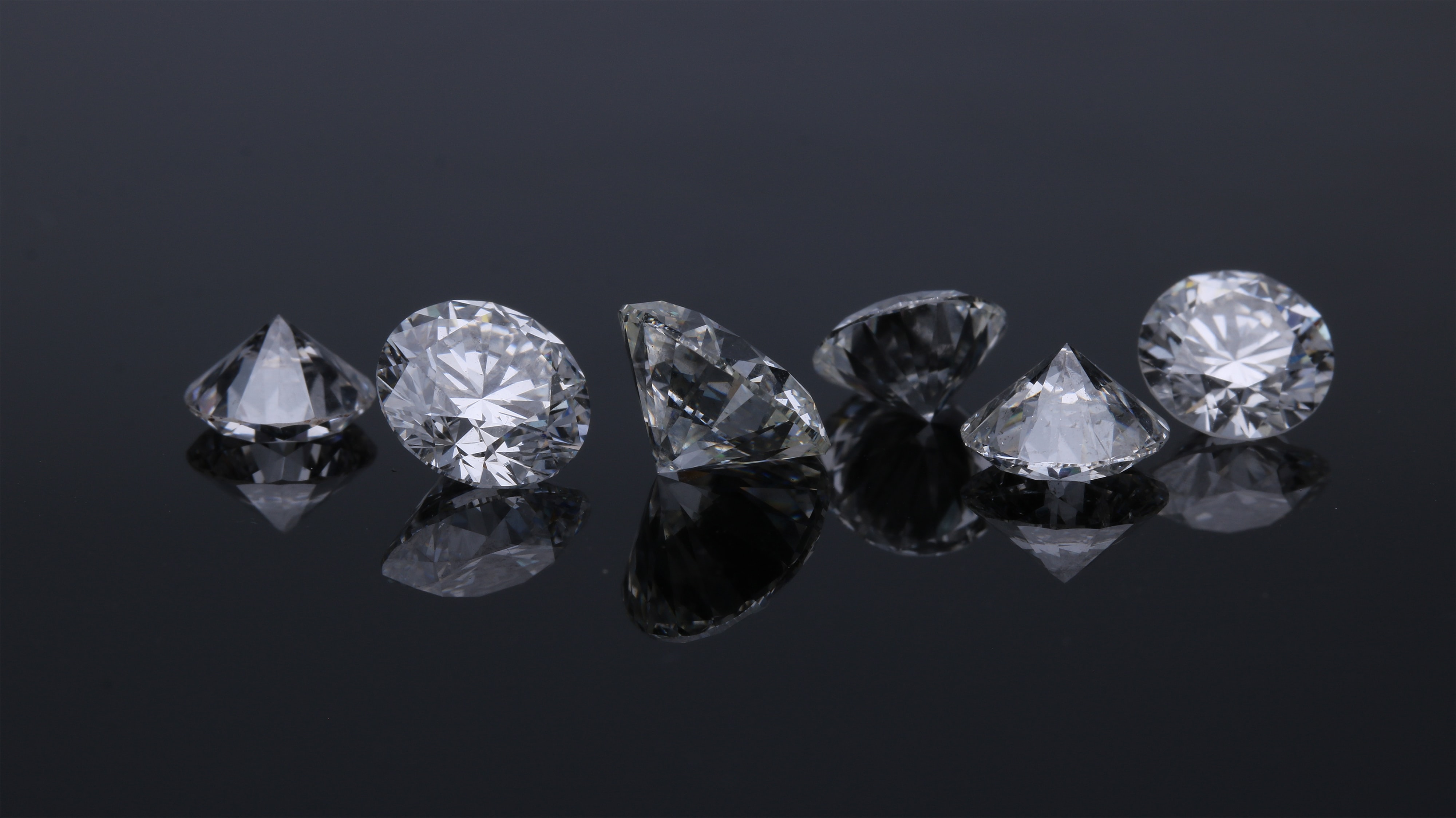- Details
Whether you are on a budget or more ethically aware, natural diamonds are in some ways becoming too expensive and controversial for many buyers. This has made way for the growing market of lab grown diamonds which are increasingly in popularity amongst consumers. So, what exactly are lab grown diamonds? Are they real and should you consider them over natural diamonds? Keep reading to find out.

Are lab-grown diamonds real?
Many people may not realize but lab grown diamonds are actually just as real as natural ones. Lab grown diamonds have the same composition as the real deal and can be the same size, color and clarity. In fact, it is almost impossible for the naked eye to tell the difference between the two; only an expert would be able to do this. Lab grown diamonds have the same certificates of authentication as natural ones, so they are in short just as real and legitimate.
How are they made?
Lab grown diamonds are grown in one of two ways, through Chemical Vapor Deposition (CVD) or High-Pressure High Temperature (HPHT). CVD starts with a ‘seed crystal’ while HPHT takes graphite which through heat is turned to diamond. These techniques aim to reproduce the same conditions as real diamonds would be exposed to in the earth and once completed, it will take about 6-10 weeks for the diamond to grow. Once grown it is very hard to tell which method has been used as the chemical composition and look will be the same and again extremely close to a naturally occurring stone.
How do lab-grown ones compare to natural diamonds?
From the outside it is extremely hard to tell the difference between both forms of diamonds, so lab grown makes a purse friendly alternative without having to sacrifice on the sparkle and beauty of the stone. In general, lab grown diamonds can retail from anywhere between 30-50% less than their natural counterparts so it’s possible to get a lot more stone for your money. On the other hand, lab grown pieces do not hold their value as well as natural diamonds due to the fact that they are not as rare so bear this in mind if you see your item as an investment piece. Most experts would agree that lab grown diamonds do not pose the same ethical concerns as naturally mined ones, so this is a big plus point for conscious consumers. There has however been some criticism over the amount of energy used in creating lab grown diamonds; the CVD method reportedly uses the same energy needed to power a small home for a week to make just one stone so neither option is completely sustainable.
Despite environmental concerns, lab grown diamonds are still a great alternative to real ones and make for stand out pieces of jewelry. They are almost identical to naturally occurring stones so are perfect for getting more for your money, just remember to consider whether the resale value is important to you.
